Tanabata Fruit Punch 七夕フルーツポンチ [Rcipes, Summer 夏レシピ]
日本語のレシピは ビーガン、ベジタリアン情報満載の Hachidory から ご覧下さい。
“Tanabata” is coming soon.
Some of you who know Japanese culture may think it already finished in July.
But actually it is supposed to be celebrated following the lunar calendar as it does not make any sense if we follow the current calendar.
It should be applied to most of the traditional festivals celebrated in Japan as they are closely related to the seasons which are following the lunar calendar.
Anyway you can celebrate “Tanabata” again even if you already did something on Jul 7 of the current calendar.
I wrote in details what “Tanabata” is in my last August blog.
So visit the page if you are interested in knowing it.
I wrote my wish on a piece of rectangular shape paper for this occasion.
What is most commonly practiced at home by families with small kids nowadays is to prepare the dinner which is created with the image of the night sky, often adding the star shaped food or something imitating the milky way.
Today I am going to share one of such recipes.
It is the fruit punch with the star shaped vegan jelly, which is very simple to make, so even the small kids can join you cooking and enjoy themselves.
This recipe is prepared only with the summer fruits harvested in Japan, which are watermelon, blueberry and pineapple, no oranges, no lemons, no strawberries are added as they are out of season.
If we go to the supermarkets, the variety kinds of fruits from many parts of the world are easily available, but I think those exotic fruits should be the treats of once a while, and we should stick to the seasonal fruit of where we are living for daily consumption.
By doing so, our body and soul can harmonize better with the nature as those seasonal local food have more energy from the earth and the atmosphere and can level up our health and wellness.
It is also a better choice for our sustainable future lives.
Most of all, it is important that we do not hurt other people and creatures at the end of our food in order to entertain ourselves. When we consume the foods that are locally grown, we can see how they are made much more clearly, and it is often possible to see with our own eyes if we wish to do so.
Closer the location where they are produced, easier to access to see how they are made.
If we grow or make what we eat by ourselves, it is most obvious to get to know how they are made.
But the farther the location is, the more the processes before reaching to our hands are complicated, and we can’t know how they are made in reality, and as a result we tend to take them for granted and forget our appreciation towards the labor, products and the nature especially when the products are sold cheap.
We can buy the tropical fruits such as banana, mango, pineapple and avocado in most of the supermarkets in Japan with the surprisingly low price tags, often much lower than the seasonal fruits from Japan.
I always felt uneasy about it and made a research one day.
I found that the farmers and people living near those crop fields are not benefiting enough, far little from what they deserve, some of them are even risking their lives.
Therefore, I minimize the purchase of any products including those fruits in the supermarkets and usually order from the distributers that I can trust when I want to eat the products from overseas.
That is why I am using Japanese seasonal fruits only.
So you also try this recipe with your seasonal local fruits that are less likely harming the others and doing good for our future.
Chilled Sweet Corn Soup Vegan とうもろこしのすり流し [Rcipes, Summer 夏レシピ]
日本語のレシピは ビーガン、ベジタリアン情報満載の Hachidory から ご覧下さい。
Now the season has shifted from the fruits of the round shapes to the summer vegetables.
Ume / Green Plum was abundant this year.
Ume Hisuini / Simmered green plum, luxurious dessert !
(spent a whole week to finish cooking !)
Anzu / Apricot at my back yard also bore lots of fruit for the first time this year.
Made into jam and juice, preserved in syrup and liquor.
Sumomo / Red Plum
I prefer to eating fresh as it is so juicy and sweet.
And it is now in the midst of sweet corn harvest.
The corn is my second favorite summer vegetable, so I bite into a whole steamed corn almost every day recently.
Japanese sweet corns are very sweet, juicy and tasty !
The sweet corns that are sold in the stores are all non-GMO as it is prohibited to grow GMO vegetables for commercial use in Japan.
However, it is allowed to import the GMO products from the other countries. And the majority of the corns consumed in Japan is imports, and the main exporter is USA, whose corns are dominated by GMO. In fact, Japan is the biggest importer of the corns in the world. As I mentioned earlier, all the corns that are sold in the stores are domestic products and non-GMO.
Then why is Japan importing so many corns?
The statistics indicates that the amount that we are eating is only a tip portion of the total consumption of the corns in Japan. Then to where those huge number of corns which are all imported from the other countries go?
They are mainly fed to the farm animals.
The amount they need to be fed is enormously bigger than the one that we eat, that is why so many corns are imported.
According to the survey, 80% of Japanese people want to avoid GMO products, but the fact is that many of them are not aware that they are eating the animals that are raised all with GMO feeds because it is not regulated to show it on the labelling of the meat products.
So, you should know that when you eat meat in Japan, you are eating GMO indirectly.
Even if you don’t mind consuming GMO, you’d better know the situation of farm animals in Japan.
It is often appalling.
Those farm animals are sometimes described as “commodities”, but I think they are treated less than that.
If the thing is a commodity, it is treated with care, not to break it until the day it is sold, but the farm animals are not.
The majority of them are kept in the tiny cages where it is impossible for them to move around in the filthy environment until the day that they are sent to the salughter house, especially the chickens are treated like just objects, because their commercial value is too little to treat them with care. If you see those animals and farms with your own eyes in reality, I’m sure many of you do not want to eat the flesh of those animals anymore.
I know what I am writing now is unpleasant, but this is the fact that is happening in our lives, which is hidden in our society in Japan (and in many other countries too).
This reality has to be revealed, and all of us should not avert our eyes from this fact.
I would not say to refrain from eating animal products totally from today. I know it is too difficult for most of us to change the eating habit. But we should always try to know how the food that we are eating are produced, and make a small effort little by little to lighten the sufferings of the farm animals and some people whose dignities are deprived for our pleasure of eating.
Yes, little by little, cause a little becomes a big when it is accumulated, which can bring a big change.
Well, I move on to the recipe now.
Today’s recipe is one of the Shojinryouri / Japanese temple dish, “Tomorokoshi no Surinagashi”, my second favorite sweet corn dish.
All you need is only two ingredients, a sweet corn and white miso (and some water). It tastes very tender and sweet.
So, try it while the corns are still juicy and fresh!
Red Bean Potong / Icecles シンガポール風小豆アイスキャンデー [Rcipes, Summer 夏レシピ]
日本語のレシピは ビーガン、ベジタリアン情報満載の Hachidory から ご覧下さい。
“Atsui!”, this word is uttered so often these day at my home, as if the greeting such as “Ohayo/Good morning!” and “Tadaima/I’m back home” are ousted.
Just two weeks ago, I wrote that we were experiencing the wettest summer, but one day the rainy season suddenly finished, and it turned to a scorching summer.
“Tanabata” / The Night of Seven/七夕 or Star Festival in English is approaching soon.
It is celebrated on the 7th of July on lunar calendar, that is why it is called Tanabata七夕.
Children write their wishes on the strips of fancy papers and hang them on the bamboo leaves, and they look up at the sky at night to look for the twinkling stars and milky way.
It is said that Hikoboshi and Orihime who used to be a loving husband and wife but later had to be separated can meet only once a year on this day.
But if it rains, they can’t meet because the milky way is flooded and that prevents them from meeting, and the wishes that children wrote on the paper would also not come true.
What a romantic (or sad ?) story, isn’t it ?
Unfortunately, Japanese people are not following the lunar calendar anymore and celebrate most of the traditional festivals following the western solar calendar, which does not make any sense and even seems to be absurd to me.
This “Tanabata” festival may be the worst example.
July the seventh on the solar calendar is in the midst of rainy season in Japan and we seldom have clear sky on that day.
Children are made to make Tanzaku/ a strip of paper writing their wishes in the kindergarten on this day, but they have to be disappointed seeing the cloudy or wet sky at night.
But there are still some towns following the lunar calendar and celebrate Tanabata in August which is July in lunar calendar.
I’m advocating to shift to the lunar calendar when we celebrate the traditional festivals even though we can retain the current calendar for everyday use.
I am introducing a dessert recipe named “Kirakira Tanabata no Yoru / Twinkling stars and Milkyway” in my online Kids Family class. If you are interested in, visit my cooking class website and click “Latest/最新情報” label on the left top, or Facebook to get more information.
The recipe for this month is just suitable for this heated summer.
It is “Red Bean Potong”.
It is the ice popsicles that is originated in Singapore.
Japan also has the similar ice popsicles made from the red beans.
But I wanted to write things related to the coconuts for Japanese people on “Hachidory”, the site with lots of vegan information in Japan, and for which I contribute a vegan recipe monthly.
I already wrote a similar content in English on this blog before.
But it is not totally same, so visit “Hachidory” if you are interested in what I wrote in Japanese.
Simple Crispy Summer Vegetable Pickles / 夏野菜のさっぱり漬け [Rcipes, Summer 夏レシピ]
日本語のレシピは ビーガン、ベジタリアン情報満載の Hachidory から ご覧下さい。
It is the end of July.
But the summer seems to be hiding somewhere.
It has been wet, wet and wet without a single sunny day.
I am now wearing a sweater, a neck warmer and covering my legs with a blanket.
If my memory is correct, this is the coldest and wettest July in my life. The house and the all the things get moldy quickly and the laundries are hung everywhere in the house.
(Japanese people do not like to dry the laundries with the machine and want to dry with the sun, therefore laundry machine is not widely used.)
Persistent humidity is something unpleasant, so everyone is wishing for the quick ending of the rainy season as much as the ending of the covid 19, I presume.
(Judging from the reports from around the world, the covid 19 situation is considered much better here and people are not so cautious for social distancing though most people are wearing masks outside.)
My favorite farmers market which is held in the open space in the mountain was carried out despite of drizzling last Sunday and many turned out as it was the first time since last November. (It is closed during winter.)
This farmers market is designed more for kids with handmade swings, climbing lopes, trampoline, play house kits with old pots, spatulas and so on. I love this space surrounded by nature and often tell people that it is the place where the forest fairies reside.
This occasion became the debut of my newly made Kamishibai story.
I made this story to encourage people to be compassionate for the insects.
I have read that it is a Japanese unique culture that people show the interests in insects and enjoy the sounds they make.
I think it is true. Japanese people show more interests in insects compared with other nations, know the names of insects, the boys love to collect them and observe, people get the relaxation or feel the nostalgy from the sounds of insects.
However, there’s one thing I have been very uncomfortable about it.
Catching the insects with the net and putting them in the tiny cage, and then bringing them back home to keep them at their home in order to observe them are common sites during summer season. It is often promoted by adults and is often assigned to kids as a summer holiday homework from the teachers.
My heart always goes to those innocent insects.
I can hear their voices saying wanna get out of there.
Is it important to know about insects like how many legs they have, how long their antennae are, what they like to eat, how fast they grow, all by sacrificing their lives ?
I have an intention to let people be aware that insects belong to the nature not to the cages.
I got the impression the children got something from the Kamishibai I read, which I titled “Wanna Go Back Home”.
I want to read it to more people during this summer season.
Today’s recipe is just suitable for coming hot summer.
It is super easy to make, may be too simple to teach.
Sooo delicious that you’ll probably eat up all you made even though you meant for the next few days.
Vegan Banana Omlette ビーガンバナナオムレット [Rcipes, Summer 夏レシピ]
日本語のレシピは ビーガン、ベジタリアン情報満載の Hachidory から ご覧下さい。
It was a bit disappointing that Ume, Japanese green plum trees did not bear enough fruit this year again in my town.
But it was better than last year, so I could manage to make some ume juice and finish the first stage of umeboshi making into two containers.
Though I make lots of umeboshi every year, I am not so interested in eating it.
I make it more for getting plum vinegar which is normally considered a by-product and not having a commercial value.
For me, the plum vinegar is precious and is indispensable for my cooking.
We can still buy it from the limited shops, but my hand made one is much tastier with lots of red shiso herbs in it, so I feel something missing when I use the one from the shops.
Unlike normal years, I wanted to make many of umeboshi this year as I now have added family members and one of them, my daughter wants to eat one umeboshi everyday.
I need to make 365 pieces at least !
Oh no, it is too much work !!
The first stage, marinating plum in the salt is OK,
but the second stage of adding the red shiso herb requires lots of squeezing work for which I am not so good at,
and the third stage of sunbathing would take up my days and suck up my energy.
That’s why the commercial umeboshi omit the second and the third stage.
They also cut down the amount of salt to satisfy the consumer’s conscious, which would reduce the benefit of this superfood.
Having talked much about umeboshi, I am not introducing the recipe of it as I want to pass my umeboshi recipe only by face to face.
Today I am sharing “Vegan Banana Omelet”.
Before reading it, I want you to read my previous post in which I wrote about the chocolate and the bananas.
Please get the fair-trade bananas if you live in the countries where the bananas cannot grow, and all the bananas are imported from the other countries.
_00001_02.jpg)
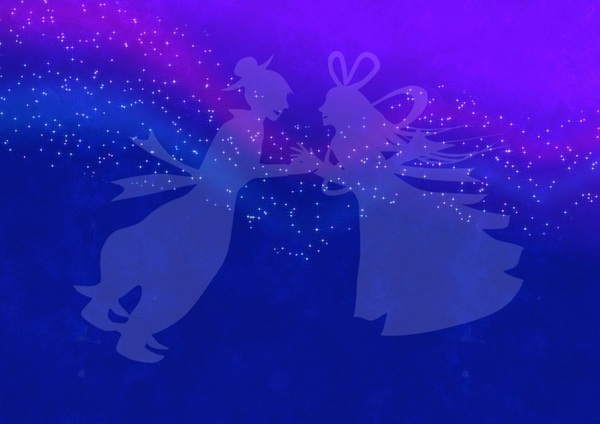
_00001-4beb7.jpg)
_00001.jpg)
_00001_00001_01.jpg)
_00001.jpg)
_00001-cac4c.jpg)
_00001-12068.jpg)
_00001-68f6c.jpg)
_00001-a8f63.jpg)
20750x562-6c9fa.jpg)
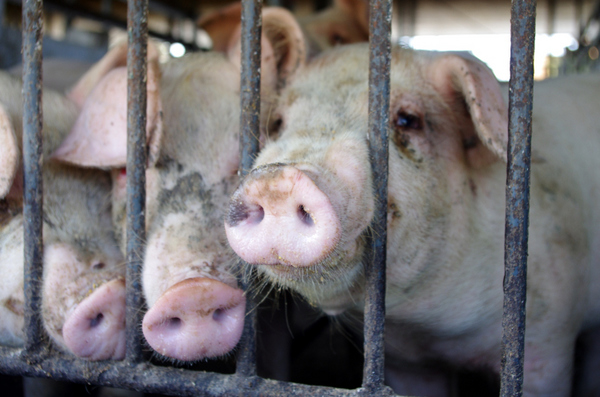
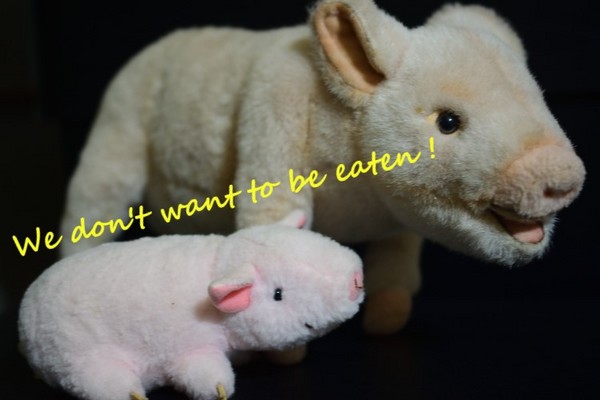
_00001.jpg)
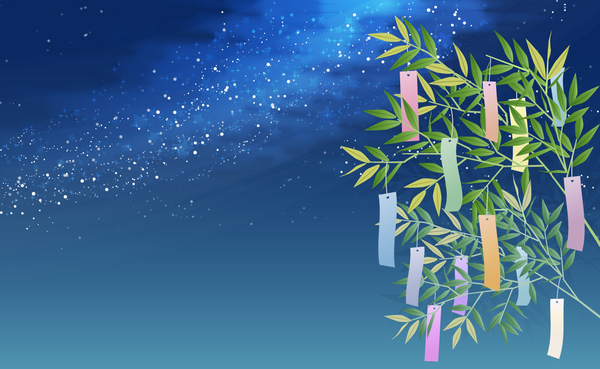
_00001-25a2d.jpg)
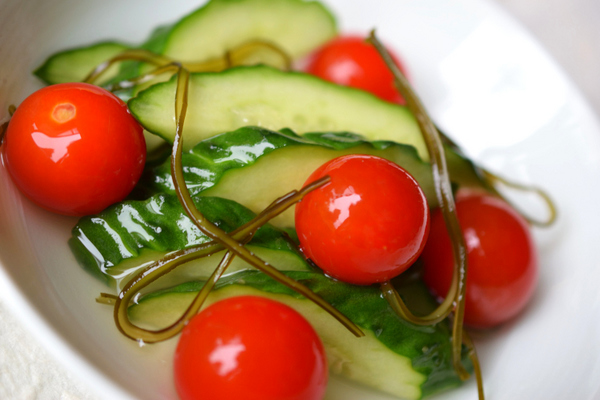
-b0d58.jpg)
_00001-e791b.jpg)
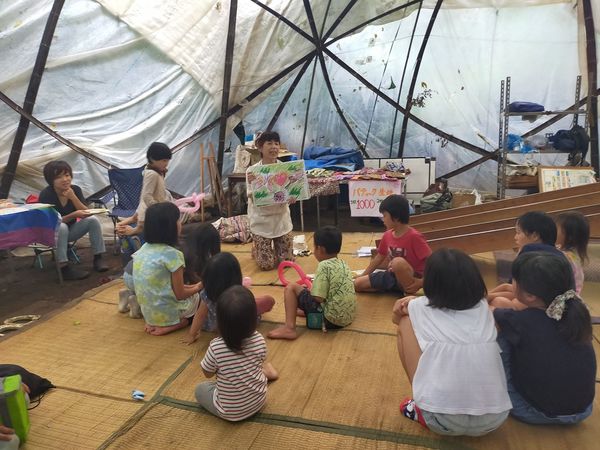

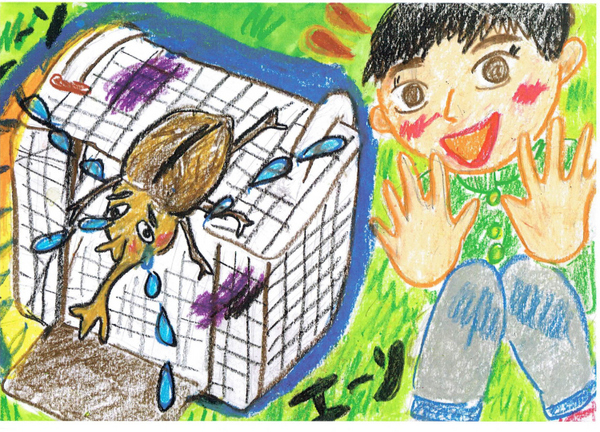
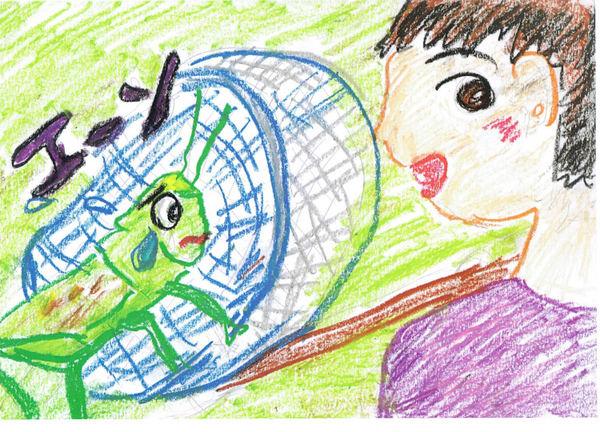
_00001-68456.jpg)
_00001_01.jpg)
20for20recipe_00001.jpg)




